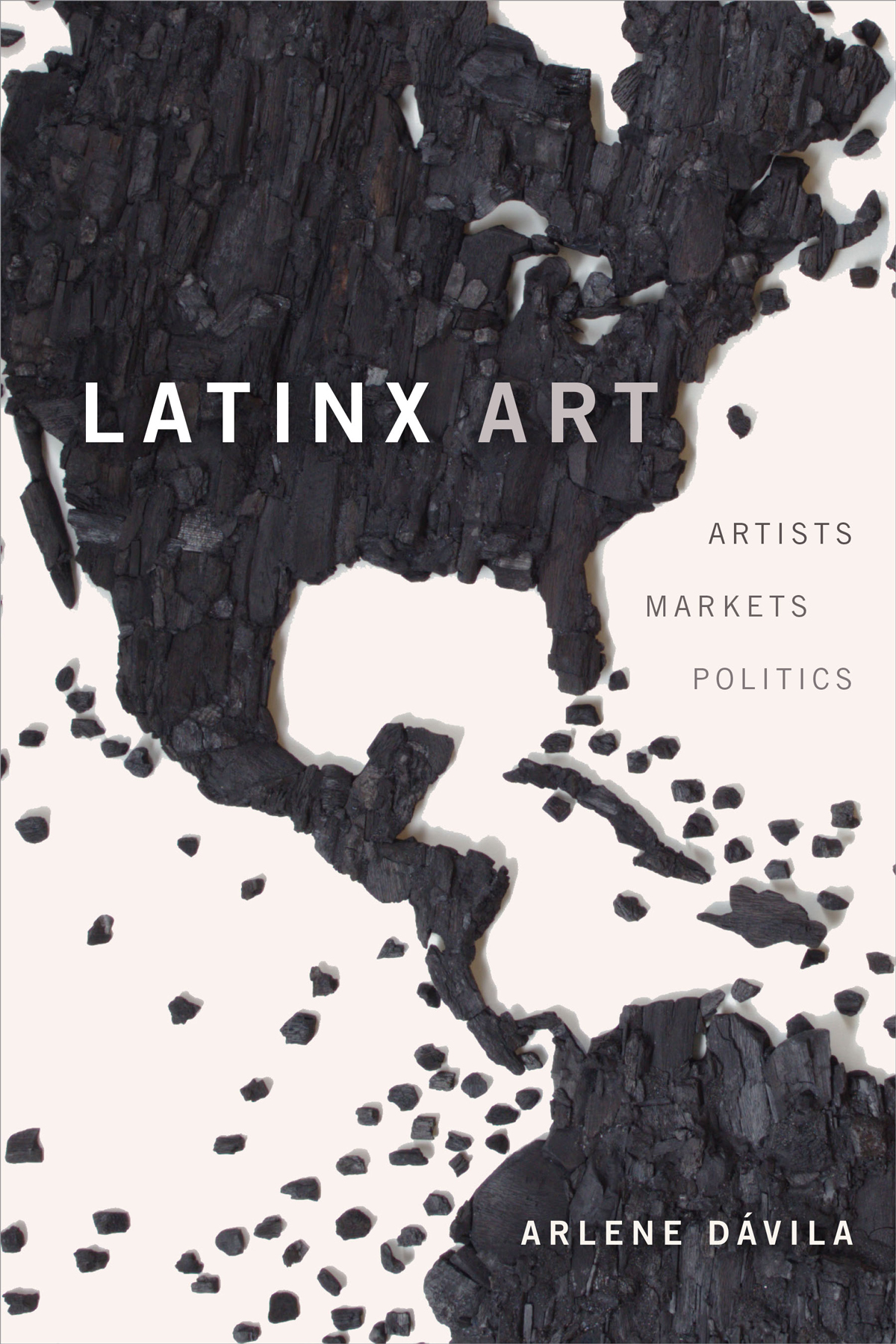In a New Book, Scholar Arlene Dávila Writes About the Invisibility of Latinx Art in the Market
The art market is one of the attention-getting elements of the art world, but a new book focuses on a part of the market that is often invisible. Latinx Art: Artists/Markets/Politics by Arlene Dávila—an anthropology professor at New York University and the founder of the school’s Latinx Project—considers why Latinx art continues to be undervalued and how racism figures in the market around it. In her book, published by Duke University Press, Dávila writes about what is meant by the term “Latinx art,” how it is distinct from Latin American art (and why the coupling of the two can be problematic), and how the exhibiting of art in general feeds into the creation a market—or a lack of one. As she writes, “The invisibility of Latinx artists is everyone’s concern.” ARTnews spoke with Dávila to learn more about the book.

Duke University Press
ARTnews: When did you start thinking that Latinx art and its market was something that you needed to research and write about?
Arlene Dávila: This is the book I feel I had to write for a long time because I’ve been an observer of the art world and I’ve witnessed the lack of visibility for Latinx art and artists at institutions. I have been observing and writing about issues of cultural equity, but I never imagined that I would write this book until 2016, at the Ford Foundation’s U.S. Latinx Arts Futures Symposium, organized by [artist] Teresita Fernández. That for me was so transformative in that we had a national conversation with curators, museum directors, and artists about these issues that previously had only happened at the local level, in the background.
Within that context, it was very clear that issues of the market were key, but they seemed to be the elephant in the room. It was the one key issue that no one addressed directly. In my remarks, I addressed them briefly but only because, as an anthropologist, I had done work around issues of cultural economy, industry—I’ve been very interested in the relationship between culture and capitalism. But I realized that nobody else had, and afterward, a lot of people came up to me and said, “Hey, that was important to say.” I also realized there was a reason I was saying those things: because I am not an art world insider—I don’t make a living in the art world. I’m an academic, and because of that I’m able to say and engage with things that in the art world are not regularly talked about. There’s polite silence around issues of the market, just as there is a polite silence around issues of race.
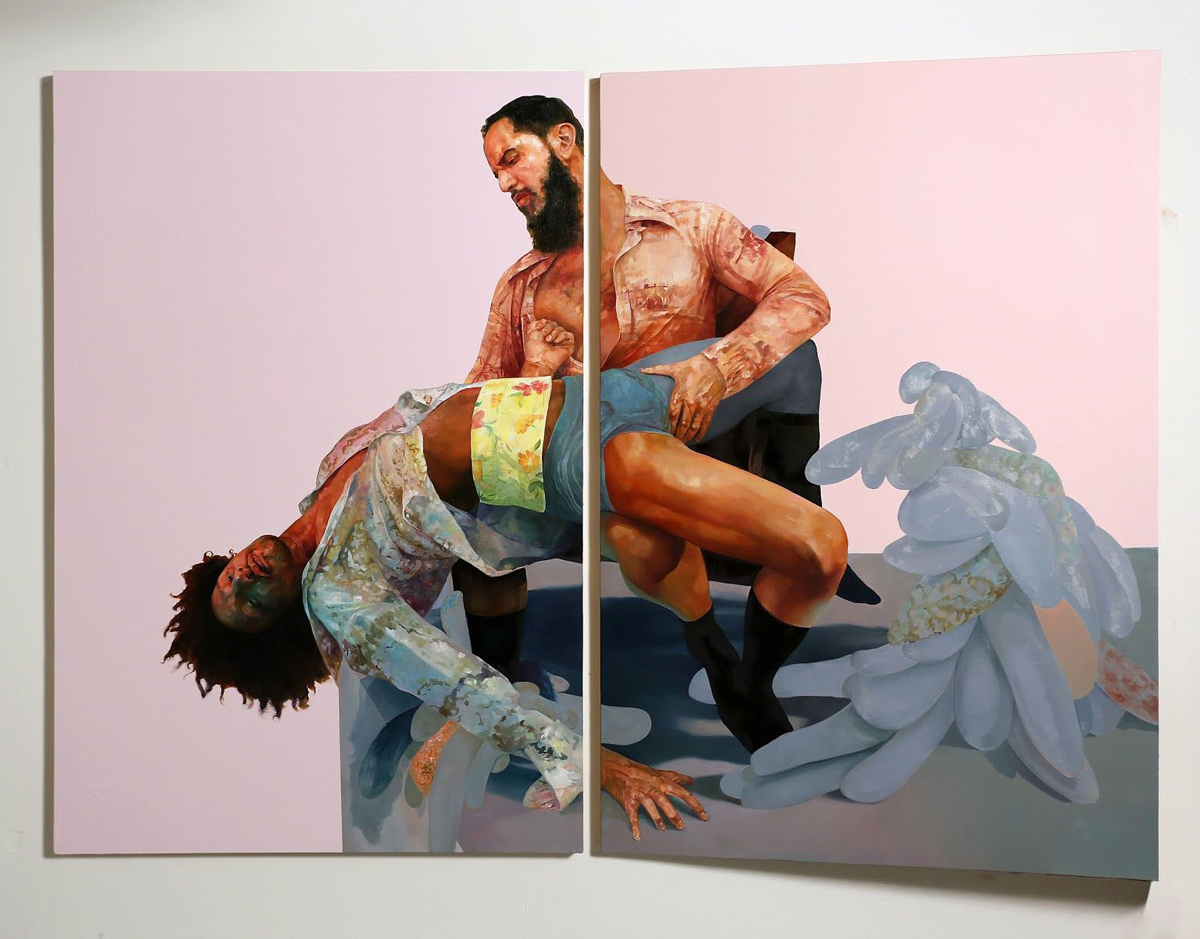
David Antonio Cruz, soletthemeatasylumpink, 2016.
Courtesy the artist
You had an early experience working for the Museum of Contemporary Hispanc Art (MoCHA) in the 1990s. How did that inform your book?
MoCHA was such an important space. “The Museum of Contemporary Hispanic Art”—think about that for a moment, how visionary that was, even though we were using the lingo of “Hispanic.” The idea of a contemporary Latinx art space was revolutionary, and it was there that I got to meet artists Juan Sanchez, Amalia Mesa-Bains, Coco Fusco. It was also at a moment, in the 1990s, of this so-called Latin art boom that led to the development and consolidation of the Latin American art market.
MoCHA only lasted three years because it was not sustainable economically. But then you have El Museo del Barrio moving toward focusing on Latin American art as part of that boom. I also worked at El Museo del Barrio back at that time, and I could see that development and the growing concentration on Latin American art parallel the growing invisibility of Latinx artists. The artists who would have been shown at MoCHA had less of a space to be shown anywhere else.

Patrick Martinez, Then They Came for Me, 2016.
Courtesy the artist and Charlie James Gallery/Photo: Michael Underwood.
I’ve written books about gentrification in East Harlem and art and social movements. I’ve always been interested in the role that the artists play and the work they do in our communities—and also how little recognition they get. I’ve written about museums and issues of equity, but my time working as an insider in the art world no duro mucho—it was not long lasting. Academia kind of absorbed me and took me into a different direction.
For me, this book is to ensure that people know about these artists. New York City is almost 28 percent Latinx, and we need to know about these artists. It was so surprising to learn about this white-dominant exclusive bubble of the art world that functions in one of the most diverse cities in the world. How is it possible that people who work at galleries and as curators do not know about this community? I found myself, as I was doing research, doing Latino Studies 101 and giving little lectures, because people always confused Latin American art and Latinx art. They thought I was doing work on Latin American artists. They didn’t understand the distinction between the two, and mostly nobody could name Latinx artists. I would be looked at with wide eyes. And it happened in Los Angeles, too.

Beatriz Cortez, Memory Insertion Capsule, 2017.
Photo: Nikolay Maslov.
That distinction is important for people to know about, and it also ties in with other poignant issues that you write about: issues of national privilege, class privilege, and racial privilege. To use your phrase from earlier, there’s always been a “polite silence” around saying that there are white Latin Americans, for example.
It was very important for me to address that head-on not as something that is rarefied: This is “Latinx” and this is “Latin American,” and the two should never meet. When we’re talking about Latinx artists, we’re also talking about artists who are immigrants to the United States; many of them are Dreamers, not all of them are born and raised in the U.S. What I wanted to highlight was that there are different art worlds in which some artists are included and others are not. That’s central to understand when we’re talking about Latinx artists, many of whom work primarily in the context of the United States and many of whom are Black and Brown and don’t have what I call “national privilege”—a connection to a Latin American country. Those artists are the most marginalized. I think it’s important to talk about Latinx artists because we have so many other spaces where we recognize Latinos/Latinas/Latinxs as a demographic—consumers, voters, workers. And yet, when we go to the realm of the arts, we immediately fuse them with Latin American art.
That slipperiness benefits the market and the definitions of a market that says, “We’re very open, inclusive—we’re all Latin, there’s no distinctions.” Well, actually, no—there are huge distinctions that have to do not only with the histories and racialization of different groups but also class. It’s important that people understand that conversation, and it’s not exclusive to the art world. It’s also coming up in the context of media, film. Cultural industries, in particular, are having a big reckoning right now because, for many years, this slipperiness [has meant] that any Latin American producer or director becomes Latinx and then counts for diversity or representation. It is a disservice to our community to not be specific. It provides the illusion of representation when what you actually have is the invisibility and erasure of Latinx, and primarily Black and Brown, creatives. That’s important to highlight because these white faces do not recognize us. That’s a problem. It’s oftentimes white stakeholders who are making assumptions about Latinx identity, and this invisibility is propagated in a way that hurts all of us. It’s not acceptable that curators I interviewed, when I talked about Latinx artists, mentioned Latin American artists and did not understand the irony of the incredible erasure caused by their ignorance.
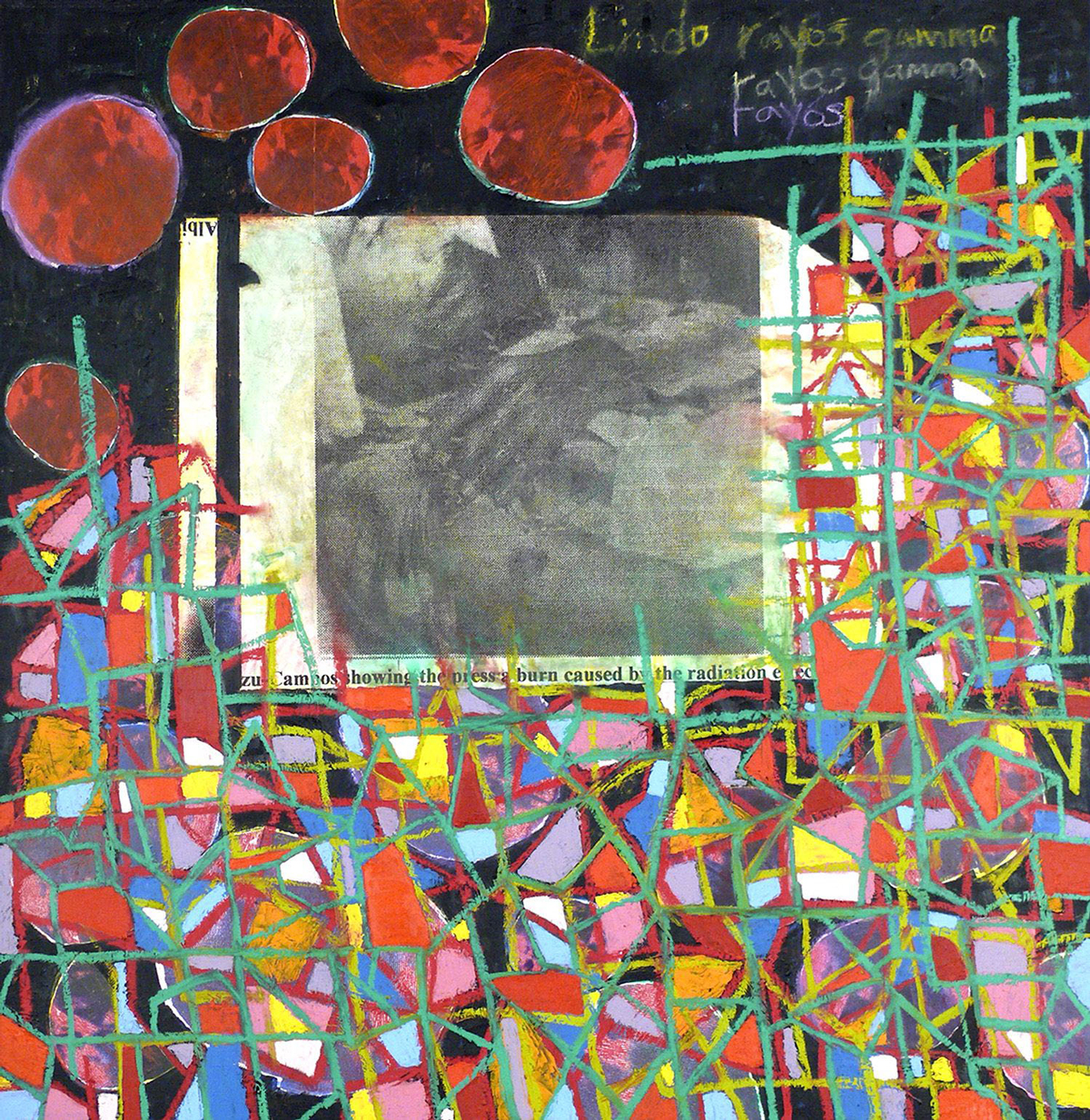
Juan Sánchez, Lindo colores (Rayos gamma), 2002.
Courtesy Guarinken Arts, Inc.
One example that you bring up is Carmen Herrera, who is always referred to as being born in Cuban even though she’s been based in New York for decades.
There is this myth in the art world that race doesn’t matter, identity doesn’t matter. Quality is quality, and we should only be looking at artists based on their work. Of course, that is so pathetically untrue, but people go around saying that to maintain and defend the white male art world. What I try to do is show that in fact the art world thrives on national differences as an important variable for value and for evaluating artists. I think the art world is very nationalistic. Cosmopolitanism, internationalism, anything that is worldly ranks as valuable in opposition to anything that is regarded as a diasporic, racialized, ethnic. It’s obvious that certain categories sell more than others, so I wanted to explore that. I kept wondering why is Latinx bad and Latin American good—what accounts for that?
I know a lot of the research that you did took place at various international art fairs. What was noticeable at these fairs in terms of how Latinx artists are in many ways excluded from the art market?
I had never been to Art Basel Miami Beach, and Miami is one of the most Latinx cities in the country. I ended up going for two years consecutively, and I talk about kind of the whiteness of the walls, the whiteness of the spaces. To me, the art fairs were very revealing in realizing and learning about the exclusion of Latinx artists. But also, this question about nationalism came up by looking at fairs and realizing how much cities serve as a standalone for countries. If you go around these art fairs, you have Buenos Aires, São Paulo—it’s a kind of nationalistic organization that art fairs reinforce. And some of the dealers acknowledged that some of the people buying art there are national elites that come from Latin America to Miami to buy work that they could maybe buy in their home countries. But there’s something about buying it in Miami at Art Basel, how much that process of buying at an art fair references value and creates value.
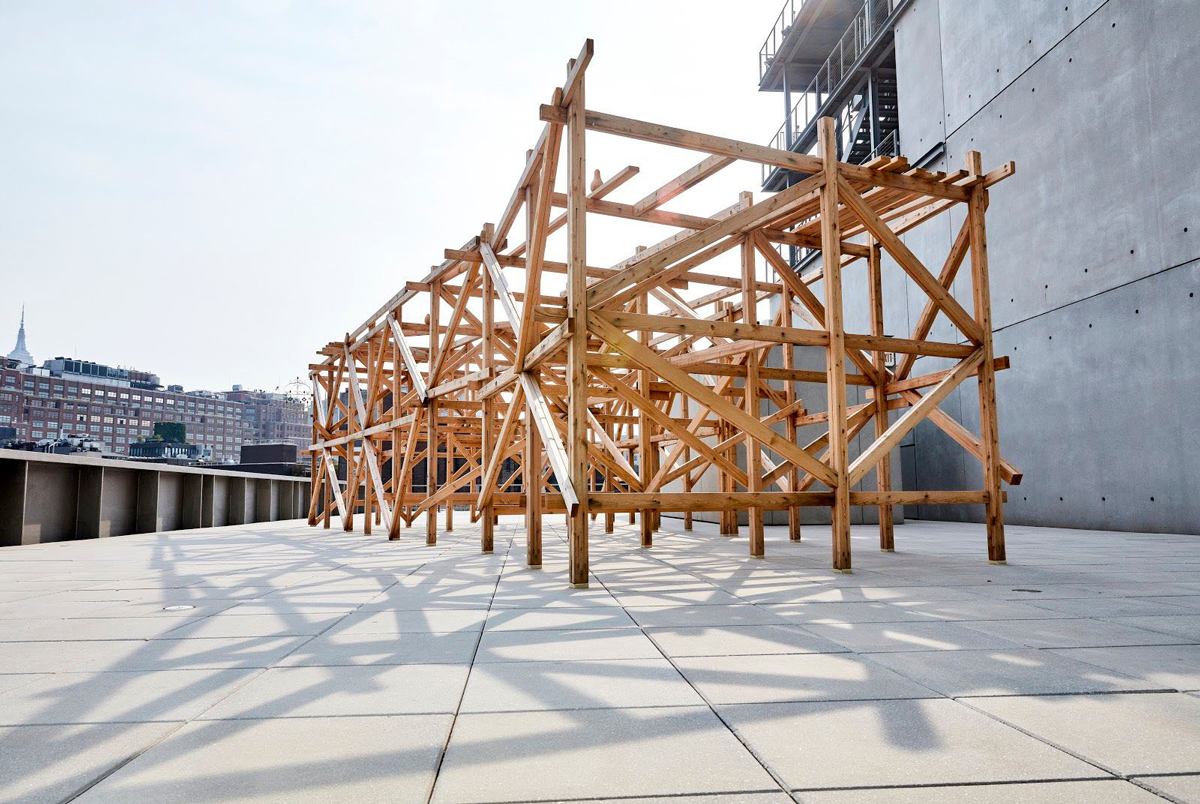
William Cordova, Huaca (Sacred Geometries), 2018.
Photo: Argenis Apolinario
There’s a powerful line in the book’s introduction: “The general omission of Latinx art from the market results in a void of data about its value that makes it impossible to price.”
There are generations of Chicanx masters and Nuyorican masters who were never collected, never priced, never bought—so nobody ever touches them and then they become lacunae. That’s why it’s so important [to recognize] the work of Latinx curators who are in a way reconstructing art history. Oftentimes, they have had to do incredible detective work because a lot of that work was never sold.
One of the things that I’ve also tried to do is imagine ways in which we could change the art world so that artists are more empowered. I don’t just want Latinx art to appreciate in value. I want Latinx artists to be able to live on their work and profit and benefit and have control of the royalty sales for the work they do. That’s a conversation that we need to have. We need to change the way the market works to ensure that artists are more empowered and have more control of the value that their work accrues.

Scherezade Garcia, Super Tropics: La Mulata Blond, 2015.
Courtesy the artist.
What are some ways in which we could change the market in order to empower artists?
The gallery system, as we know it, is very exclusive. So it’s not feasible to say we need to have more galleries, because that model is limited. How many artists actually make a living from a gallery-representation relationship? It’s very exclusive. We need to think about how we change, open up, and become more democratic so we have not only more ways for artists’ work to accrue value but we also need to diversify art history, by having more curators, more writers, more exhibition venues. We need to ensure that we expand collectors, so it becomes an ecosystem, where we as a Latinx community can be in charge of ourselves.
Recently, more and more artists are empowered and refuse to abide by the strict rules that you can’t sell your work by yourself. I’m seeing artists serve as other artists’ dealers or curating their work. They’re filling the voids of an ecosystem where they are not valued and an art world where very few people who know about their work. I try to challenge those strict ideas of how the art world should run and what is valued. I do propose that artists control resales and get royalties for their art. I also attack the whole idea of fundraisers, where artists tend to be exploited and there is an expectation that they have to donate work when that doesn’t really benefit them. It’s a matter of recognizing that artists are also workers and they deserve to be paid appropriately.
I think the speculation going on right now—where it’s just collectors who are benefiting from the sale of artwork [on the secondary market]—is something we all need to go against. It’s not going to help Latinx artists, or any artists. We need to change how the art world works for all artists to benefit. Look at Destinee Ross-Sutton, the curator of Christie’s “Say It Loud (I’m Black and Proud)” sale, who said that people could not resell work [bought from the sale] for a certain period of time, that the artist would have the first bid to buy the work back, and—if it’s resold—a percentage goes to the artist. What a great example—curators have the power. Right now, I think all artists, when they sell their work, should insist on similar agreements. I would hate for us to get to a place where people speculate on the work of Latinx artists.
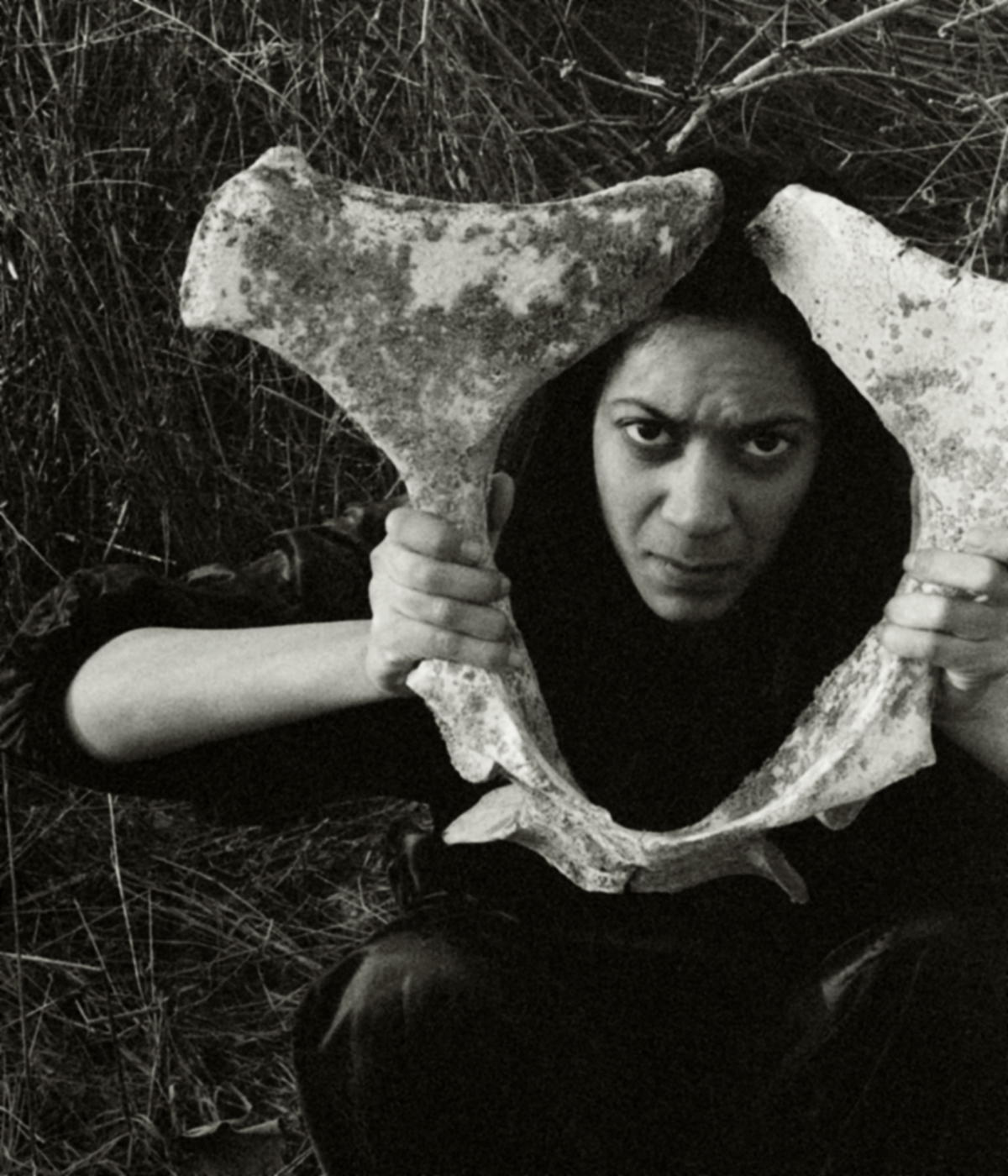
Alicia Grullón, Female with Mulehip, 2005, from the series “Becoming Myth: An Auto-ethnographic Study.”
Courtesy the artist
Another important part of the book are the two appendices: Appendix A, with an incredible list of some 200 living Latinx artists, and Appendix B, with a list of institutions where people can learn more.
In the instructions to reading the book, I say [Appendix A] is a non-comprehensive list, mainly artists who had recently been exhibited or that somebody talked about to me. It hews more toward East Coast artists in New York because that’s where I was doing my research. I also didn’t include artists who had passed away. I wanted people to be able to see that these are artists who are working right now—go find them. I imagine somebody who goes to that list and finds one artist, looks them up on Instagram, sees where they’re showing, and then learns about even more artists.
Since the book was published, I myself have learned even more. That’s where the Appendix B comes in. The Clemente Soto Velez Cultural Center is always showing Latinx artists, as is the Coronado Print Studio. The research organization and Instagram archivists that I list were also a way to show that the artist list was in no way exhaustive. I included it because people would ask me, “Who are you talking about? Where are these artists? I don’t know them—where do you find them?” That to me was a revelation: people in New York City asking me where to you find Latinx artists. Nobody could name one institution where you could find these artists. That helped me realize the importance of creating more institutional spaces for showing Latinx art and artists because of the great void.
You’ve done that as well as a professor at NYU and the creator of The Latinx Project. Part of that includes mounting exhibitions of Latinx art each year.
I like to say that in the last two years that we’ve been working, we have shown more Latinx artists than some of the mainstream art museums in the city have. It’s sad and embarrassing, but it’s true. Our exhibitions are all done through our open calls. An excuse I’ve heard for why mainstream institutions do not show our artists is because they don’t have curators who know the artists. So many people said to me that there are no Latinx curators. What we have done is create a curatorial call because there are so many great curators out there who do not have an institutional home. Through our call, we’re able to support artists and curators and bring them to an academic institution where they can be in conversation with students. But also it’s valuable for our community because all of our shows are open to the wider public. None of our shows are done by the Latinx Project team. What we do is create an infrastructure to support as many curators as we can, which right now is two curators a year.
Right now, we’re hosting “CYBER HEALING,” curated by Kiara Cristina Ventura, and in the spring, we’ll host Marissa Del Toro. Other curators who’ve organized shows are Yelaine Rodriguez, Barbara Calderón, and Shellyne Rodriguez. I hope that museums out there looking for Latinx curators will hire these people or ask us because we know about a lot of other curators too. There’s a lot of talent in our community, so there’s no excuse not to have young curatorial voices in major museums and art spaces in New York City or anywhere else in the world.
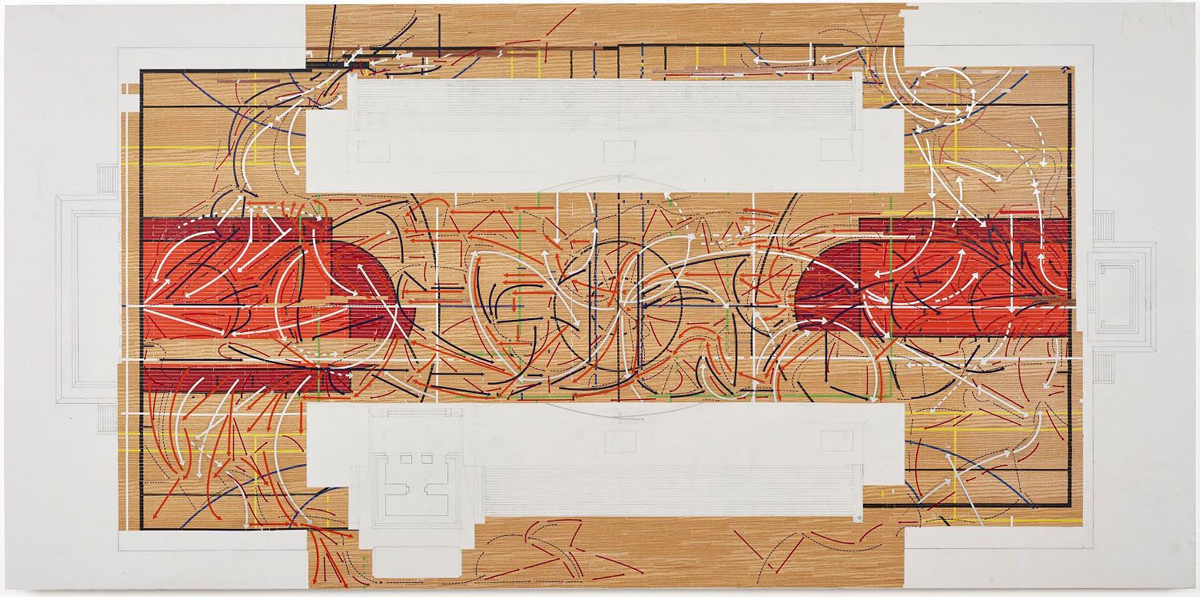
Ronny Quevedo, ulama— ule— alley oop, 2017.
Collection of Jonathan Goldberg, New York. Photo: Argenis Apolinario.
A lot of the book is written in first-person, from your our own experience navigating the art world. Why did you frame it that way?
I, too, was part of the story. The book was fed by my own frustrations. It was not meant to be objective. It is a statement. I consider myself part of the Latinx artivist movement, which is an activist movement saying that this exclusion is not right. I hope the book uplifts the voices of the people in the U.S. Latinx Art Forum, for instance, who are trying to hold space in the College Art Association, as well as the voices of the artists, curators, and other scholars.
That’s why the Latinx Project is so exciting to me. It’s not just about writing about these issues but putting your investments in what you really care about [and] opening up whatever doors you’re able to open. I happen to be a professor at a university, so it was my responsibility to open doors here. But I hope whoever has other doors within museums, foundations, or wherever does the same within their spaces.
What do you want to be the main takeaway for readers of your book?
I hope that when people read this book five years from now, they will say, “Oh my God, this book is so passé because things are so different now.” I kept wondering about this while writing. Some things have changed. People know more about Latinx artists than they did three years ago, and I debated whether or not, when the book did come out, if it would be passé. How awesome would that be—if, in fact, the book is superseded and people look at it as a historic moment that we have passed in a world that is so diverse and so inclusive that nothing I say is relevant? Imagine how awesome that would be.
Do you think that can actually happen soon?
No, but maybe in 10 or 20 years. I’m not hoping to produce a book that is perfect. I just want to produce un granito de arena [“a grain of sand”] that could be a gauge for the conversation and help people gauge progress or not.
Published at Wed, 16 Sep 2020 21:33:30 +0000

